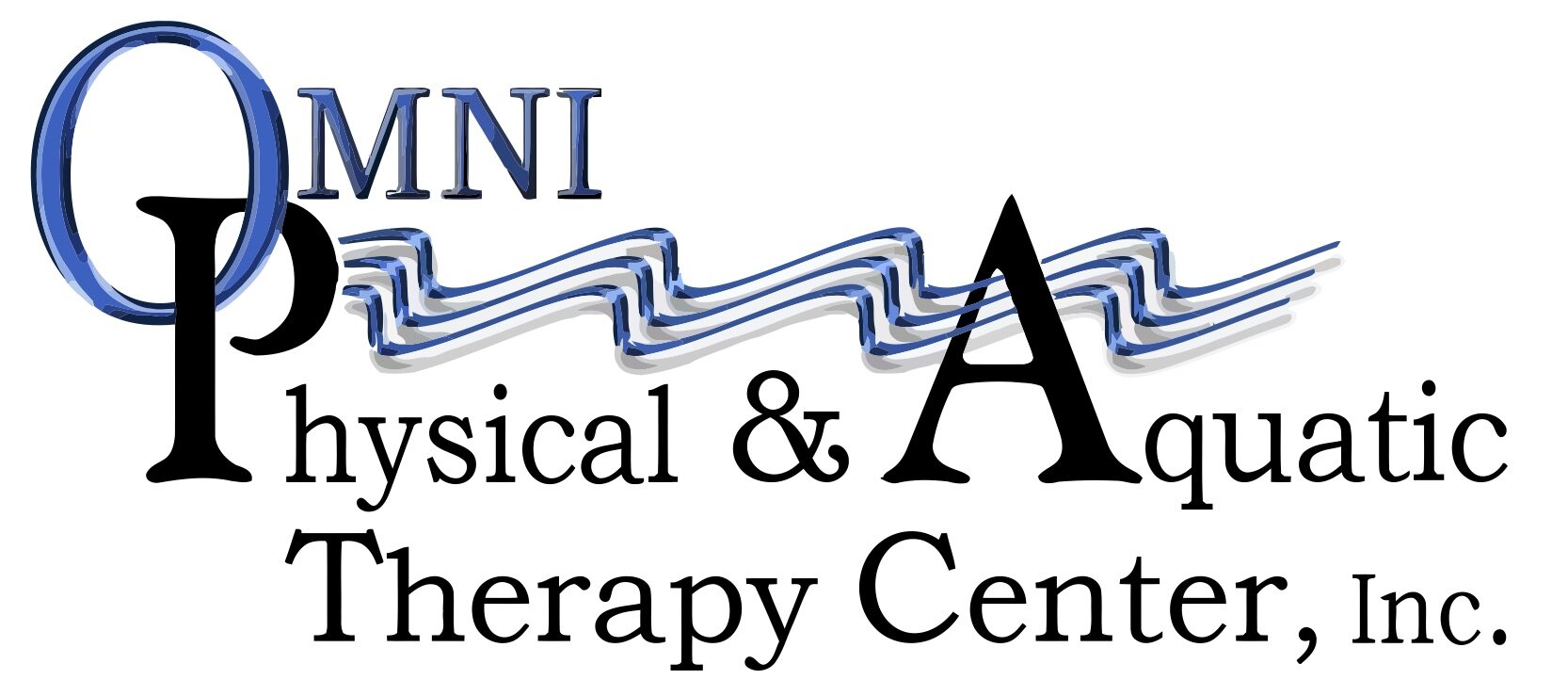Tips for Swimming Safety
Swimming is perhaps the most enjoyed activity during the summer months and is a great way to stay fit and active, and here at Omni we always offer tips for swimming safety as the summer months approach us. There are many benefits to swimming and as exercise it is easily recommended as a relatively low impact sport. Many populations can enjoy swimming, and it is a great alternative for seniors and those with low mobility, due to the effects of buoyancy.
Swimming however is not without risks. Common injuries from swimming are often the result of either over-training or improper form. Different swim strokes can also affect the type of injuries one might encounter. Rotator cuff injuries are more common with strokes such as freestyle and butterfly, while the butterfly may also stress the lumbar spine into extension due to the utilization of the dolphin kick in that style. The breaststroke may irritate the hip joints or the knees as a result of the breaststroke’s frog or whip style kicking. Slips and falling can also be common around pools, pool showers, rocks at the beach, or swimming holes as surfaces or the ground may be wet and therefore slippery.
Swimming should be relaxing, enjoyable, and safe. The risk of injury is there, but steps can and should be taken to minimize that risk. The use of proper technique while performing the different strokes is very important, especially if you are feeling fatigued. If you begin to grow tired and your form becomes sloppy, the chance for injury increases. Safety should be given thought while entering and exiting a swimming area, checking the floor or ground for slippery conditions or obstacles that you may stumble over. Drowning is also a risk and can happen in only a few inches of water. Never swim alone, a lifeguard should be present or use the buddy system to avoid unnecessarily putting yourself at risk.
Whether you need treatment for an injury or are concerned about your posture or form, a visit to the chiropractor is a great idea. Chiropractic adjustments can help with swimming related injuries and problematic joint conditions. The chiropractor is also an expert on biomechanics and should work with you to evaluate, diagnose, and come up with a treatment plan that individually suits your needs, including any exercises, soft tissue treatments, physical therapy, or diagnostic imaging you may require. Following a detailed history and examination, diagnosis, and a treatment plan, the chiropractor will work to implement these recommendations and have you feeling better and back to enjoying your regular activities, such as swimming, as quickly as possible.
Shoulder Injuries Associated with Swimming
Swimming is a great leisure activity and way to get exercise, however, shoulder injuries may result from fatigue, improper form, over-training, weakness, and other factors. It is important to know how to prevent a swimming related shoulder injury, and what steps to take if you injure your shoulder while swimming.
The shoulder joint is a ball and socket joint with a large amount of normal movement when healthy. The attachment of the arm to the shoulder socket is stabilized by muscular and ligamentous attachments. An injury to the shoulder can manifest as a muscular strain, joint sprain, tendon injury, rotator cuff injury, bursitis, or other injury process. Swimming may contribute to an injury of these types, and your symptoms will vary depending on the structure or tissues that are injured.
A visit to Omni Physical and Aquatic Therapy Center will include a thorough history and examination, followed by a diagnosis and a treatment plan designed around your individual diagnosis. Reducing inflammation and pain, restoring proper joint function, improving strength and flexibility, and getting you back to swimming are the priorities. Our providers will utilize evidence based techniques and procedures such as soft tissue techniques, joint manipulation or mobilizations, acupuncture, exercise, and other modalities to accelerate the recovery and healing process.
If you are experiencing pain, limited range of motion, redness, swelling, joint clicking or popping, or other shoulder symptoms related to time swimming, a visit to Omni Physical & Aquatic Therapy Center can help. At Omni Physical & Aquatic Therapy Center our experienced and professional healthcare providers include chiropractic physicians, physical therapists, and medical doctors working in a collaborative and integrative environment dedicated to making you feel better, move better, and getting you back to doing what you love as fast as possible.
Aquatic Therapy and Rehabilitation of the Shoulder
Pools have been used since at least Roman times as a medium for exercise and rehabilitation. Aquatic-based therapy and rehabilitation has a number of benefits. The natural viscosity of water provides a resistive quality to exercise that is gentle while also requiring muscle engagement. The buoyancy of the pool is great for enhancing movement in all planes of motion, and the warmth of the pool relaxes the muscles and can reduce muscle spasm.
Shoulder mobility may be impaired following an accident, over-use injury, impingement, or surgery. The natural buoyancy of the pool is excellent for improving mobility, as the water assists in movements that gravity outside of the pool inhibits. The water can also support the affected limb naturally without the need for muscular engagement, a support from a pulley, or a clinician.
The various aspects of a therapy program are all well suited to being performed in an aquatic pool. Movement patterning, resistance training, and cardiovascular exercise lend themselves well to the aquatic medium. At Omni Physical & Aquatic Therapy Center our physical therapists will guide you through a structured program of therapy and rehabilitation designed around your personal needs and goals.


